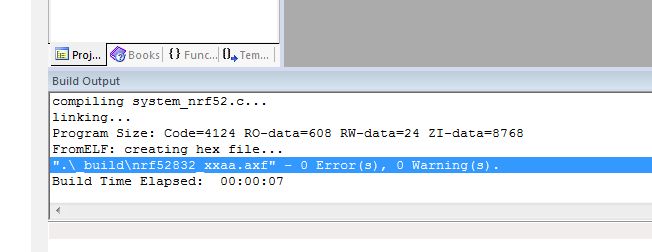I read about Segger studio (on their website) that it reduces the code size. I try to check it out Here's my opposite result I've compiled the same app (e.g uart_example) in different IDE: keil and segger. the result for Keil:


for Segger:


I read about Segger studio (on their website) that it reduces the code size. I try to check it out Here's my opposite result I've compiled the same app (e.g uart_example) in different IDE: keil and segger. the result for Keil:


for Segger:


Sure, it's typically better to have smaller code, especially on embedded system with less NVM. But again no surprise, that's why the companies who develop their compilation chains are charging such a money for it. If you really care about the code size or performance such as CoreMark or similar banchmark (operation per clock or mW) then you might need to invest into Keil or IAR. Others are fine with flexibility and zero price mark of tools like GCC. Note that this market is still very active so while IAR and Keil might be market leaders today GCC are working hard to generate more compact and more performance-optimized code on ARM Cortex-M, you might see it in almost every major release. See this blog post which is 18 months old.
Sure, it's typically better to have smaller code, especially on embedded system with less NVM. But again no surprise, that's why the companies who develop their compilation chains are charging such a money for it. If you really care about the code size or performance such as CoreMark or similar banchmark (operation per clock or mW) then you might need to invest into Keil or IAR. Others are fine with flexibility and zero price mark of tools like GCC. Note that this market is still very active so while IAR and Keil might be market leaders today GCC are working hard to generate more compact and more performance-optimized code on ARM Cortex-M, you might see it in almost every major release. See this blog post which is 18 months old.